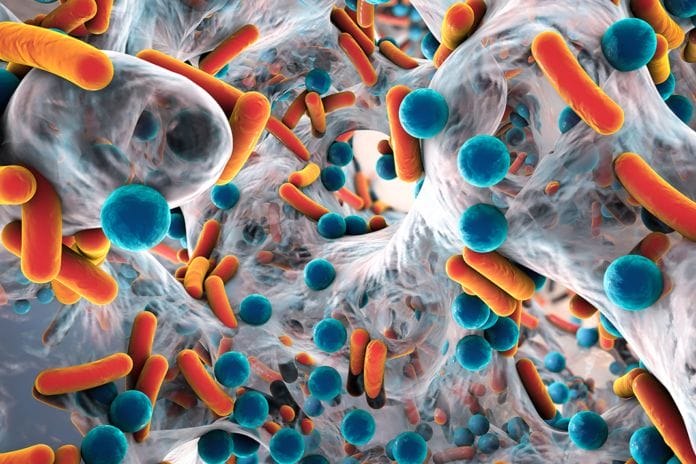Dental implants are an exciting alternative to bridges and dentures, eliminating many of the aesthetic and practical issues associated with removable dentures. The innovation doesn’t stop there, however, as researchers devote resources to important studies, striving to make dental implants even easier to maintain and clean. Recently, researchers conducted a study on cavitating jets and their efficacy in cleaning dental implants. In comparing regular water jets (i.e., oral irrigators) to cavitating jets, which blast streams of microbubbles at biofilm/plaque, researchers found that these bubbles were more efficient at removing biofilm in even the difficult-to-reach areas, such as when exposed threads are present due to crestal bone loss.
Why do Implants Need Special Cleaning?
Just like natural teeth, dental implants require care and attention to prevent biofilm/plaque build-up. In fact, according to this study, implants are more susceptible to inflammation and bone loss as compared to natural teeth. Hence, implants require extra attention. This is especially crucial if the patient has crestal bone loss and implant threads are exposed. Due to the screw’s grooves and minute surfaces, this can present unique cleaning challenge, both for dental implant patients and their dental team. In this study on cavitating jets, researchers worked to determine a more efficacious cleaning method for implants, specifically the screw surface.
Typical Water Jet vs. Cavitating Jet
Water jets are a common interdental cleaning aide that shoots a stream of water at and in between teeth to prevent biofilm/plaque build-up. A cavitating jet is different from a water jet in that the liquid stream becomes vaporous by its endpoint after being ejected through a specialized nozzle. In other words, the cavitating jet’s vapor action makes for tiny “microbubbles” that scrub away biofilm from tooth’s surface. In this recent study, researchers used a high-speed cavitating jet to produce microbubbles and studied their effect on decreasing biofilm/plaque.
The study: “Removal of Oral Biofilm on an Implant Fixture by a Cavitating Jet”
The Set-up
Researchers from Showa and Tohoku Universities in Japan engineered an experiment to compare a regular water jet and a special cavitating jet on participants’ teeth. Specifically, the study involved patients with dental implants and studied the effects of the microbubble stream on fixture aspects of the implant.
Over the course of this study, four volunteers did not remove biofilm from their teeth over a 72-hour period. Researchers used a digital microscope at 30, 60, and 180-second cleaning intervals to measure residual plaque biofilm (or RPB) during the experiment. In some experimental groups, researchers used a regular water jet. In others, they used a cavitation (microbubble) jet to disrupt biofilm
The Results
Using the digital microscope, researchers found that the residual plaque biofilm on participants’ teeth was “significantly lower” on the cavitating jet experimental group versus the typical water jet group. However, results indicated that there was little difference between the regular water jet group and the cavitating jet group at intervals between 30 and 60 seconds. True results occurred when the jets were used at intervals between 60 and 180 seconds. This indicated that the longer the cavitating jet was implemented, the more useful it was in removing extra biofilm from the participants’ implant fixtures.
Though microbubble streams decreased biofilm to some degree on dental implants’ crest section, researchers found that RPB decreased most significantly on the implant screw’s root section.
If these study results are any indication, cavitating jets present a fascinating development for dental hygiene, specifically for dental implants. Using the power of microbubbles, these high-speed vaporous jets can clean even the tricky-to-reach screw portion of implant fixtures, providing a unique tool for improved dental health. Though this study was very small, it shows promise of the efficacy of cavitating jets over regular oral irrigators and that further study is warranted.
Before you leave, check out the Today’s RDH self-study CE courses. All courses are peer-reviewed and non-sponsored to focus solely on high-quality education. Click here now.











